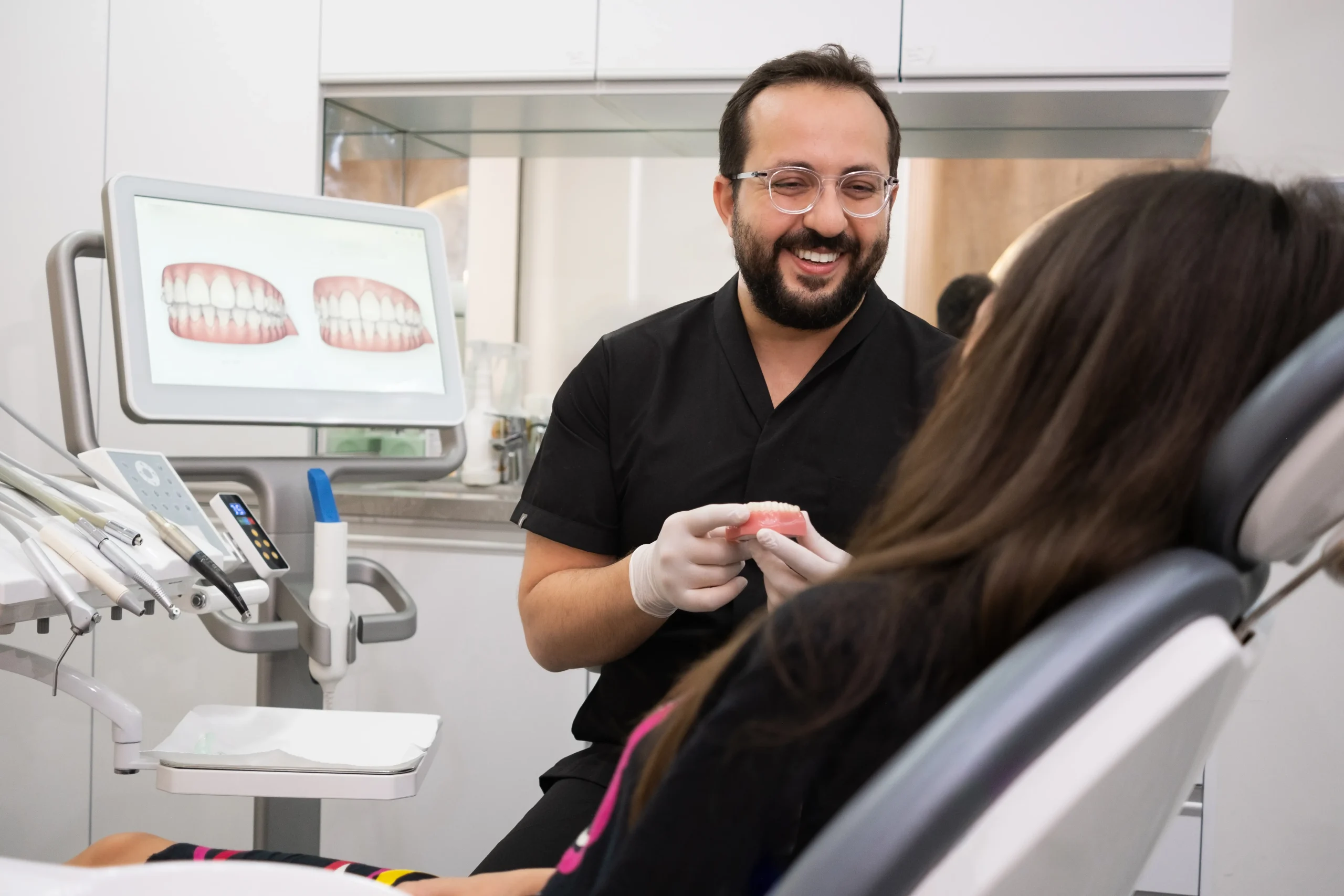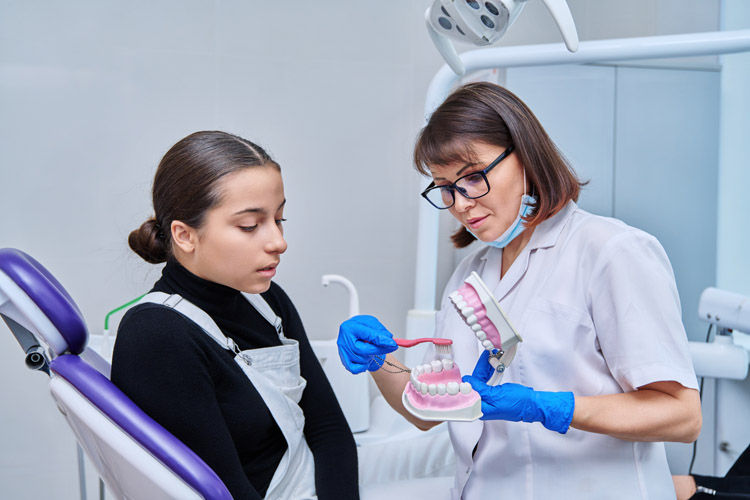

Temporary Anchorage Devices (TADs) in Charles County, MD
Temporary anchorage devices (TADs) are among the latest developments in orthodontic care to enhance the results of many orthodontic procedures. TADs are now available at Sequence Orthodontics, conveniently located in Waldorf, serving residents of Charles County and St. Mary’s County, Maryland.
Temporary Anchorage Devices (TADs) in Charles County, MD
Temporary anchorage devices (TADs) are among the latest developments in orthodontic care to enhance the results of many orthodontic procedures. TADs are now available at Sequence Orthodontics, conveniently located in Waldorf, serving residents of Charles County and St. Mary’s County, Maryland.
What are Temporary Anchorage Devices (TADs)?
Temporary anchorage devices (TADs) are tiny, biocompatible titanium anchors used in orthodontics to help achieve quicker tooth movement with more efficiency and comfort. TADs are fixed to the bone to help anchor teeth and move them into place more efficiently. These devices are temporary and will be removed after orthodontic treatment. TADs are used in conjunction with braces or as an alternative to headgear.

Consult Our Experts!
How Do Temporary Anchorage Devices Work?
In traditional orthodontics, teeth are anchored to each other, which can lead to undesired and uncontrolled movements. Temporary anchorage devices (TADs) prevent this by anchoring teeth to implants, avoiding unwanted shifts. TADs are used for various orthodontic issues in patients of all ages, but maintaining proper oral hygiene is essential to prevent implant-related inflammation and infection.

Benefits of Wearing Temporary Anchorage Devices
Temporary anchorage devices are designed to enhance treatment options for our patients.
Are Temporary Anchorage Devices Painful or Uncomfortable to Wear?
Local anesthesia is used to numb a small area of your gum to prevent any discomfort when the implant is inserted. Some patients report a sensation of pressure during the procedure. There may be some discomfort after the anesthesia wears off, lasting about 24 hours, but ibuprofen or acetaminophen will alleviate this. TADs are easily and painlessly removed when treatment is finished. The site where the TAD was placed will heal naturally and painlessly within several days after removal.

Book a Complimentary
Virtual Consultation!
How Long Do TADs Usually Have to Remain In Place?
The duration of the TAD implant treatment varies from patient to patient and will be best determined by our orthodontists. In most cases, TADs are typically required for several months. However, in some cases, they may be left in for a longer period to achieve optimal results.

Who is a Good Candidate for Temporary Anchorage Devices?
TADs are safe and effective for most orthodontic patients; however, they are not recommended for patients who have the following conditions:
- Metabolic bone diseases.
- Suppressed immune systems.
- Receiving long-term steroid therapy.
- Insulin-dependent diabetes.
- Insufficient bone quality.
- Other health conditions, such as neurological conditions, circulatory problems, and oral diseases.
Our orthodontists will determine whether to recommend a TAD as part of treatment for you or your child and assess whether you or your child are a suitable candidate for the device.










